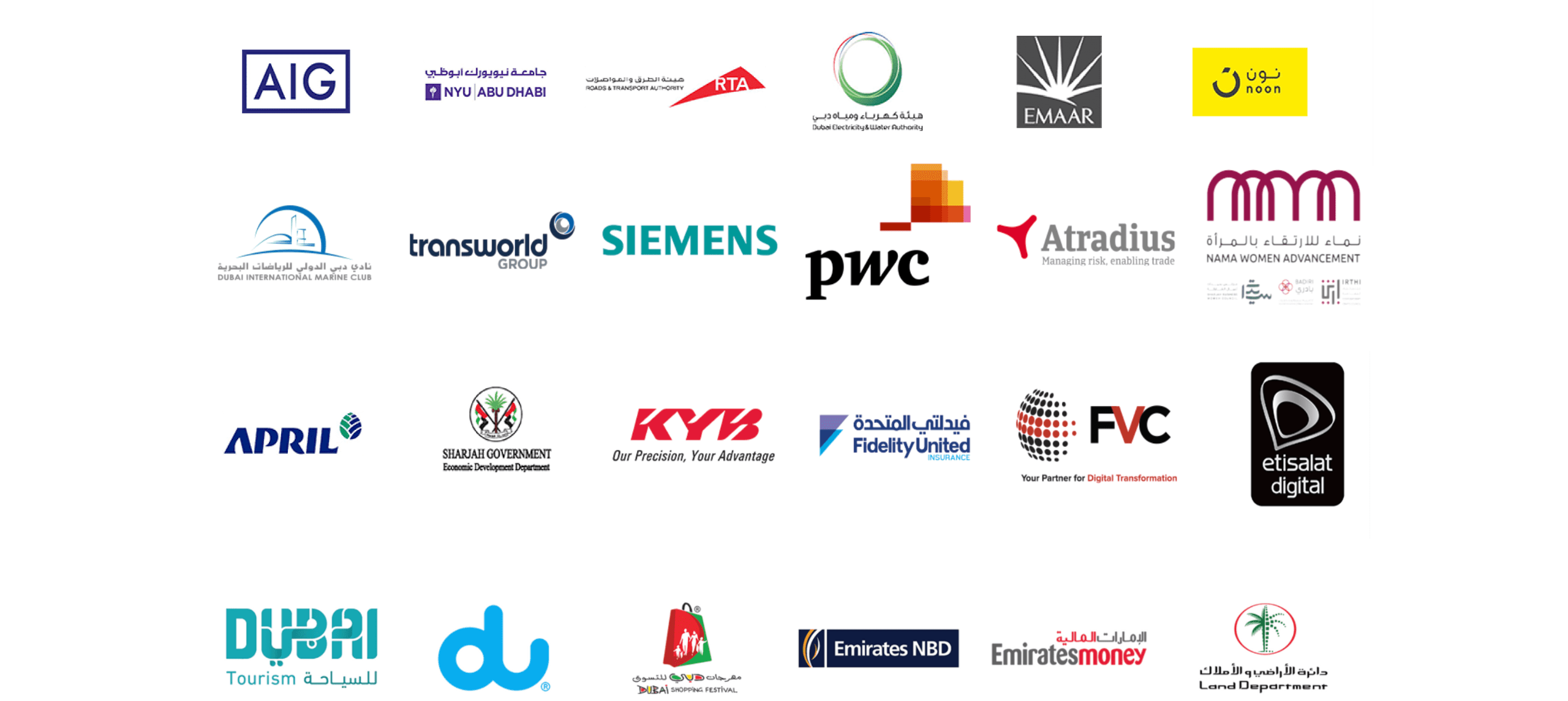“Invest little and talk to many people. The ideal plan for your email marketing campaigns is at Lenawa Solutions.”
Worldwide Trusted Clients

Frequently Asked Questions


Email marketing is a digital marketing strategy that involves sending targeted promotional messages or newsletters to a group of individuals via email. It is a cost-effective method used by businesses to build relationships with customers, promote products or services, and generate leads.
SEO stands for Search Engine Optimization. It is the practice of optimizing a website to improve its visibility and rankings in search engine results pages (SERPs), with the goal of driving organic (non-paid) traffic to the website.
Email marketing offers several benefits to businesses. It allows direct communication with customers, helping to build brand loyalty and trust. It is a cost-effective way to reach a large audience and can be personalized to cater to individual customer preferences. Additionally, email marketing provides measurable results, allowing businesses to track open rates, click-through rates, and conversions.
SEO is essential because it helps your website rank higher in search engine results, making it more visible to potential customers. Increased visibility leads to more organic traffic, which can result in higher conversions and business growth.
To run successful email marketing campaigns, it’s important to follow best practices such as:
- Building a quality email list with permission-based subscribers
- Crafting compelling subject lines and personalized content
- Using a responsive email design that adapts to different devices
- Segmenting your audience for targeted messaging
- Testing and optimizing emails for better performance
- Complying with anti-spam laws and including an unsubscribe option
On-page SEO focuses on optimizing individual web pages. Key elements include keyword research and optimization, high-quality content creation, proper meta tags, URL structure, internal linking, and user-friendly website design.
Off-page SEO refers to optimization efforts that happen outside of your website. It includes activities like link building, social media marketing, influencer outreach, and online reputation management. Off-page SEO helps build authority, credibility, and visibility for your website.
The frequency of email marketing campaigns depends on various factors, including the nature of your business, audience preferences, and the content you have to offer. It’s essential to strike a balance between staying top-of-mind and avoiding overwhelming your subscribers. Generally, a good starting point is to send one to two emails per month, gradually increasing or decreasing frequency based on subscriber engagement and feedback.
Organic search results are the natural listings that appear in search engine results based on their relevance to the search query. Paid search results, on the other hand, are advertisements that appear at the top or bottom of the search results page, marked as “Ad” or “Sponsored.”
Backlinks are links from other websites pointing to your site. They are an important ranking factor for search engines, as they indicate the credibility and authority of your website. High-quality backlinks from reputable sources can positively impact your SEO rankings.
No, you should avoid keyword stuffing at all costs. Keyword stuffing refers to the practice of excessively using keywords in a way that disrupts the natural flow and readability of the content. Search engines penalize such practices, and it can harm your SEO efforts. Instead, focus on creating high-quality, relevant content that provides value to your users.
There are several key metrics that businesses can track to measure the success of their email marketing campaigns, including:
- Open rate: The percentage of recipients who opened the email
- Click-through rate (CTR): The percentage of recipients who clicked on a link within the email
- Conversion rate: The percentage of recipients who completed a desired action, such as making a purchase or signing up
- Bounce rate: The percentage of emails that did not successfully reach recipients’ inboxes
- Unsubscribe rate: The percentage of recipients who opted out of future emails Analyzing these metrics can provide insights into the effectiveness of your campaigns and help you make data-driven decisions for improving future email marketing efforts.
No, purchasing backlinks is not recommended. Buying backlinks from low-quality or spammy websites can lead to severe penalties from search engines. Search engines value organic and natural backlinks that are earned through high-quality content and genuine relationships. Focus on building a strong backlink profile through ethical link-building practices.
No, duplicating content across multiple pages is a bad SEO practice. Search engines strive to provide the most relevant and unique content to their users. Duplicate content can confuse search engines and dilute the value of your website in search rankings. Aim to create original, informative content for each page, optimizing it with relevant keywords and providing value to your visitors.
Improving email deliverability is crucial for ensuring that your marketing emails reach the intended recipients. Here are some tips to enhance email deliverability:
Build a quality email list: Use opt-in methods to gather subscribers who are genuinely interested in your content, products, or services. Avoid purchasing email lists as they often contain invalid or spammy addresses.
Maintain a clean email list: Regularly clean your email list by removing inactive or bouncing email addresses. This helps improve your sender reputation and reduces the chances of your emails being marked as spam.
Use a reputable email service provider (ESP): Choose a reliable ESP that has a good reputation for email deliverability. They will have proper infrastructure and monitoring systems in place to ensure your emails reach the recipients’ inboxes.
Authenticate your emails: Implement authentication protocols such as SPF (Sender Policy Framework), DKIM (DomainKeys Identified Mail), and DMARC (Domain-based Message Authentication, Reporting, and Conformance). These measures verify your identity as a sender and enhance email deliverability.
Avoid spam triggers: Craft your email content carefully to avoid common spam triggers. This includes avoiding excessive use of capital letters, spammy words, and misleading subject lines. Also, ensure your emails provide value and relevant information to the recipients.
Monitor your email performance: Keep a close eye on your email metrics, such as bounce rates and spam complaints. Analyze the data to identify any issues and take corrective measures promptly.
Respect subscriber preferences: Honor unsubscribe requests promptly and provide easy opt-out options. Respecting your subscribers’ preferences helps maintain a positive sender reputation and ensures higher engagement rates.
By following these practices, businesses can improve their email deliverability, increase the chances of their messages reaching the inbox, and enhance the overall effectiveness of their email marketing campaigns.

